Посів майбутнього: Використання Молодіжного кліматичного дорадчого комітету для натхнення наступного покоління захисників клімату

З вересня 2021 року по травень 2022 року відділ досліджень та наукової освіти Консерваторії Фіппса у співпраці з The Climate Toolkit приймав перший Молодіжний кліматичний дорадчий комітет. У складі двох молодіжних лідерів та 18 молодіжних радників група розробляла та впроваджувала проєкти, пов'язані з навколишнім середовищем, розвивала навички лідерства та планування проєктів, дізнавалася про екологічну та кліматичну справедливість, а також заглиблювалася у свої улюблені екологічні теми впродовж програми. У цій багатосерійній публікації, написаній у співавторстві з молодіжними лідерами Іман Хабіб і Ребекка Картерми обговоримо імпульс та структуру програми, проекти, що стали її результатом, та отримані уроки.
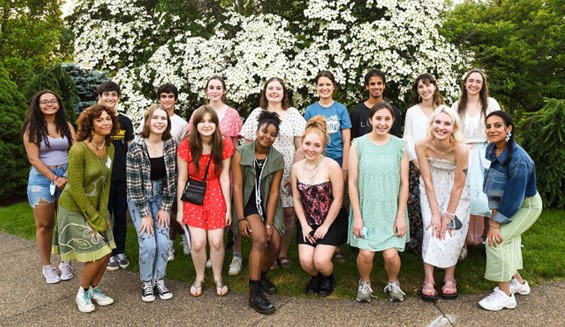
Потреба в мережі
Думати і говорити про зміну клімату може бути страшно і часто нестерпно. Дуже легко піддатися почуттю поразки, коли шукаєш рішення для боротьби з постійно наближуваною, вже руйнівною і всеохоплюючою загрозою зміни клімату. Одним з найпотужніших інструментів, які ми маємо проти цього явища, є колективні дії. Наявність мережі або групи людей, стурбованих зміною клімату, робить кліматичний активізм набагато доступнішим завданням. Групи, які об'єднують кліматичних активістів для обміну досвідом, дозволяють різним спільнотам у русі за екологічну справедливість об'єднуватися і сприяють відчуттю колективної сили та спільноти. Такі простори є найбільш ефективними, коли їх використовують як для навчання членів комітету, так і для створення проєктів, орієнтованих на громаду, спрямованих на боротьбу зі зміною клімату.
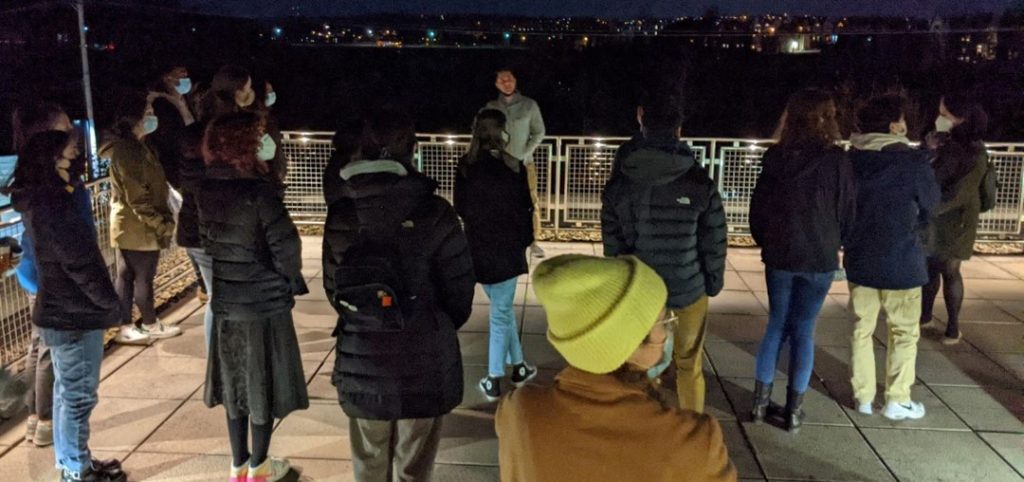
Численні кліматичні клуби та організації в школах та установах Піттсбурга висловили потребу та зацікавленість у групах, які б об'єднували активістів з цих різних мереж. Молодіжний кліматичний консультативний комітет Фіппса слугує цій меті, об'єднуючи учнів різних класів, районів та шкіл. Це дозволяє кожному члену розширити свою мережу для майбутніх проектів, поглибити знання з екологічної тематики та бачення того, як виглядають міжгалузеві та ефективні рішення для боротьби зі зміною клімату.
Створення Комітету
Консерваторія та ботанічний сад Фіппса створили Молодіжний консультативний комітет з питань клімату (МККК), до складу якого увійшли 20 учнів старших класів та студентів-новаторів з трьома спільними цілями: щоб виховувати себе та інших, підтримувати свої громади через ініціативи, пов'язані з кліматом, та сприяти кліматичному активізму з акцентом на екологічну справедливість. Створення простору для обговорення питань зміни клімату та використання ресурсів, наданих їм через Phipps, дозволило членам комітету заявити про себе в громаді та активно працювати над досягненням цих цілей у формі проєктів для всієї громади. Влітку 2021 року було оголошено відкритий конкурс серед державних та місцевих освітян, щоб знайти зацікавлених студентів, які б приєдналися до YCAC в якості членів комітету. Після співбесіди Фіппс також відібрав двох лідерів комітету.
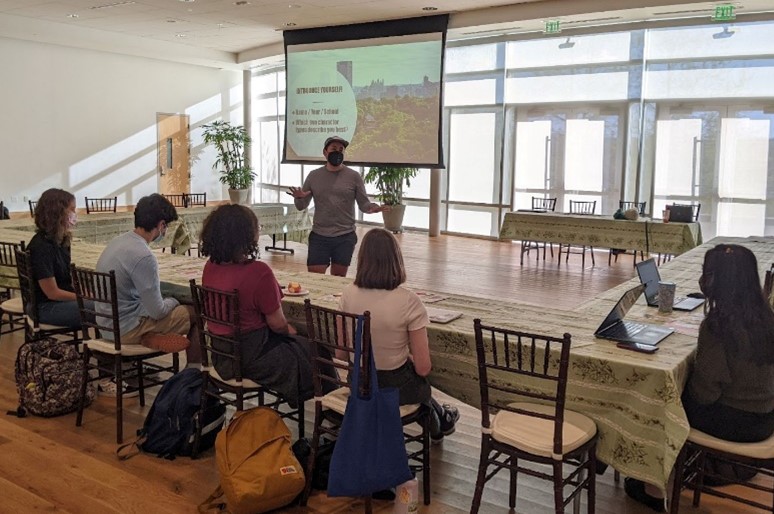
Іман Хабіб і Ребекка Картер"У нас тут є лідери молодіжних комітетівнадав цінну інформацію про створення простору для розширення прав і можливостей молоді у сфері зміни клімату під час реалізації проектів. Лідери комітету розробили зустрічі з використанням заходів, які дозволили членам комітету працювати разом і використовувати навички критичного мислення для побудови міцних стосунків у всьому комітеті. Дозвіл на різні форми участі, від обговорень у малих групах, комітетських дискусій до онлайн-форумів, урізноманітнив форму внеску комітету, дозволивши всім членам ділитися своїми ідеями та робити внесок у роботу групи. Завдяки такій співпраці члени комітету отримали автономію в управлінні комітетом. A живий документ була розроблена, щоб відобразити цінності та місію комітету, а також сприяти формуванню почуття причетності до громади; всі члени комітету брали участь у розробці наших ідеалів. Група також спільно розробила принципи роботи комітету з учасниками, серед яких були не користуватися телефонамибудучи активний слухачі бути відкритими до навчання один в одного. Всі ці методи поглибили рівень залученості членів комітету до керівництва комітетом, створивши більше відчуття особистої участі та підзвітності.
Діяльність під час зустрічей
На початку роботи YCAC основна увага була зосереджена на поглибленні знань групи про екологічну справедливість, що стало невід'ємною частиною створення проектів у наступні місяці. Цей початковий освітній аспект групи дозволив учасникам вчитися один в одного, спілкуватися як однолітки і готуватися до вирішення кліматичних питань з урахуванням цілісності та міжсекторальності. Лідери прагнули привнести освіту в зустрічі за допомогою різних видів діяльності. Під час першої вправи учасники створювали міні-проекти, щоб навчити студентів екологічним питанням. Ця діяльність дозволила учасникам познайомитися один з одним і створити ідею, зосереджену навколо теми, в якій вони мали спільний інтерес. Це також забезпечило невеликий вступ до типу проектів, створених пізніше в ході роботи комітету.
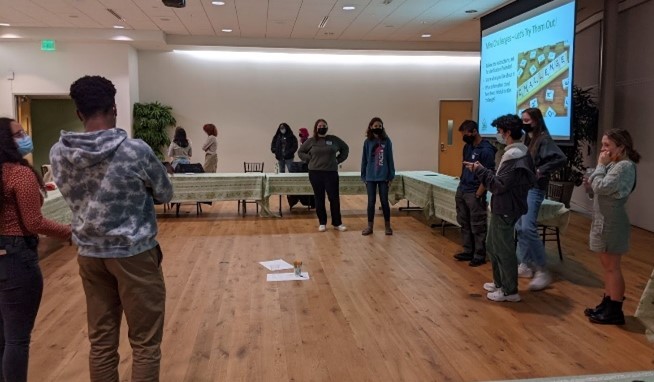
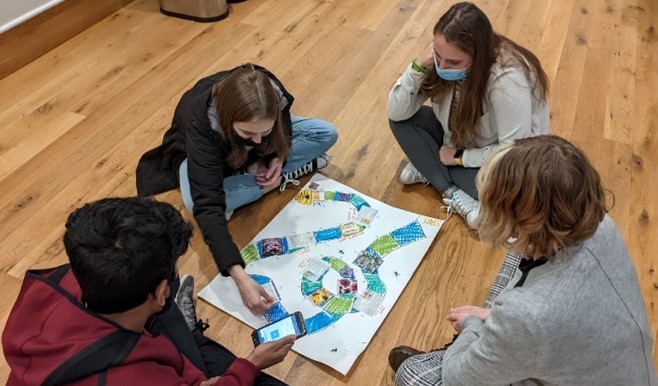
Протягом десятиліть Організація Об'єднаних Націй (ООН) об'єднує багато країн для обговорення питань, пов'язаних зі зміною клімату, на Конференція Сторін (COP) Conference.
Після завершення останньої конференції, КС-26, її учасники мали можливість взяти участь в імітаційному заході КС та використати C-ROADSонлайн-симулятор, який дозволяє користувачам оцінити довгостроковий вплив кліматичної політики на прийняття рішень. Як і в Моделі ООН, учасники були розділені на різні країни або регіони і працювали над розробкою угод щодо фінансування та викидів CO2. Потім ці угоди були введені в симулятор і показали групі, який вплив матиме їхнє законодавство в разі їхньої імплементації. Ця діяльність сприяла як співпраці всередині комітету, так і продемонструвала, як різні законодавчі акти можуть вплинути на зміну клімату.
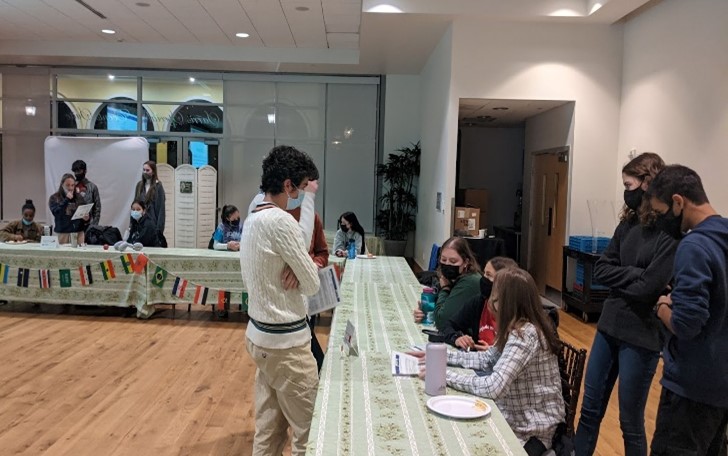
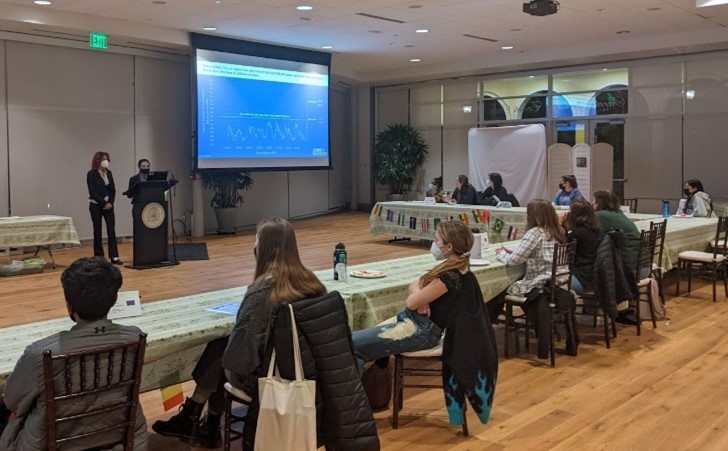
Наступна стаття з цієї серії буде присвячена трьом проектам, які студенти реалізували протягом року. Слідкуйте за новинами!
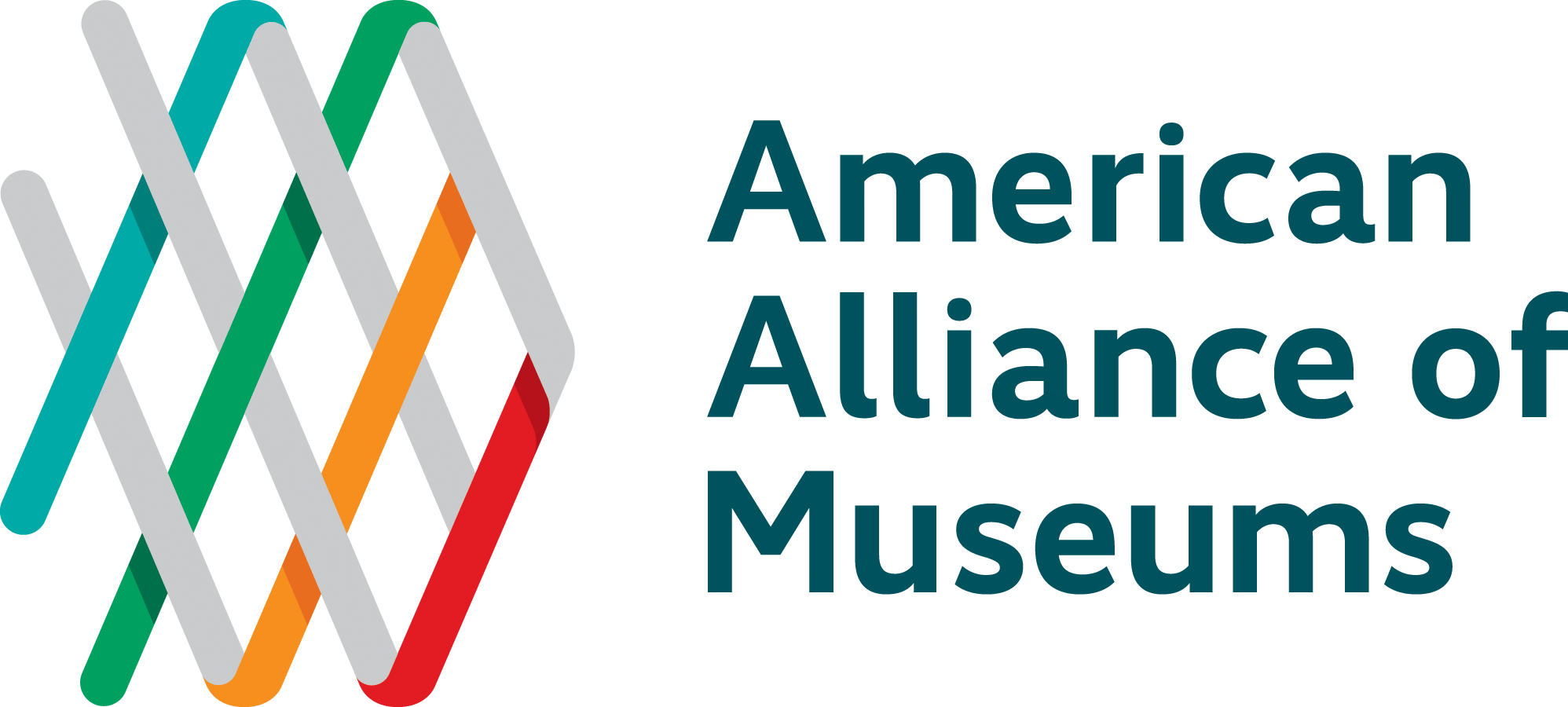

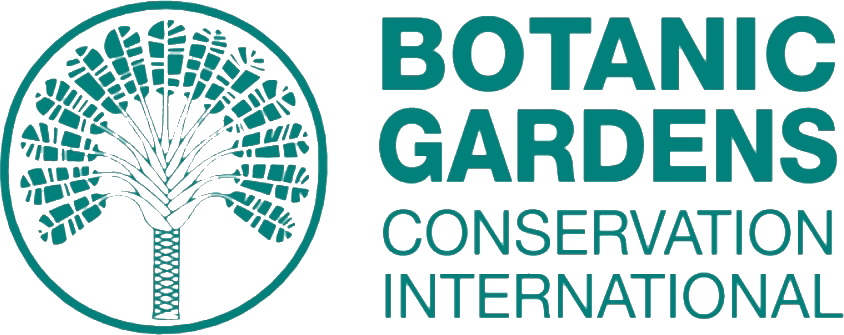



Останні коментарі